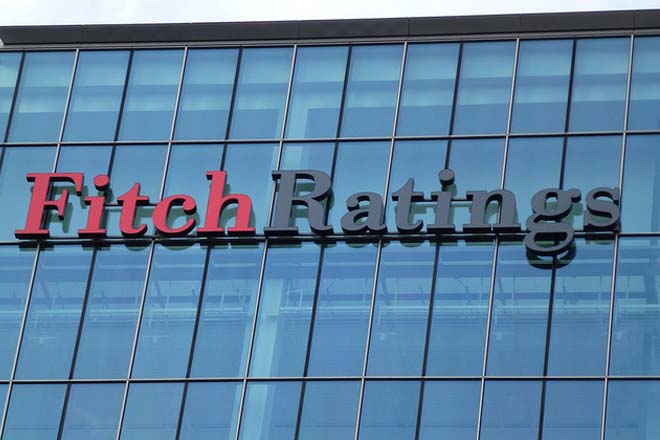Fitch rates National Insurance Trust Fund AA-(lka) Stable

Fitch Ratings has assigned Sri Lanka-based National Insurance Trust Fund Board (NITF) a National Insurer Financial Strength Rating (IFS) and National Long Term Rating of 'AA-(lka)'. The Outlook is Stable.
NITF's ratings reflect strong ties with the government of Sri Lanka (B+/Negative), a strong business profile as the only reinsurer in the country, high capitalisation and conservative investment policy, which are counterbalanced by its high dividend payouts that are likely to continue.
KEY RATING DRIVERS
NITF's ratings reflect strong ties with the government as it is fully owned by the state and effectively functions as an arm of the state in the implementation of some policies, such as serving segments that are not covered by commercial insurers, and its role as the only reinsurer in the country. NITF was also the fourth-largest contributor to the government's consolidated fund in 2015.
NITF's rating reflects its strong business profile, which is underpinned by its role as the only reinsurer in Sri Lanka and its established products, including Agrahara, which according to NITF is the largest health insurance scheme in the country covering all state-sector employees and their families, as well as management of the Strike, Riot, Civil Commotion and Terrorism fund, which is available to all insurers in Sri Lanka.
Sri Lankan insurance regulation requires all non-life operators to cede 30% of their reinsurance to NITF. Inward reinsurance premiums accounted for 22% of NITF's gross written premiums (GWP) in 2015. Fitch expects reinsurance to be a key growth area for NITF, in line with industry growth in a country where penetration of non-life insurance is low.
In 2015, NITF's new management obtained retrocession to cover its reinsurance portfolio and as a result, claims stemming from the May 2016 floods in Sri Lanka were manageable. Flood-related claims caused NITF's combined ratio to increase to 97% in 1H16 from 53% in 2015. NITF has since reinstated the retrocession cover for rest of 2016 after exhausting it for flood-related claims.
NITF's profitability is high as reflected in the pre-tax return on assets of 39% in 2015, mainly due to the low combined ratio of 53% compared with the industry's 99%. NITF benefits from a low expense ratio - 14% in 2015 compared with an industry average of 36% - a reflection of its product portfolio, which requires smaller operating scale compared to a typical insurer, because most of NITF's business is directed from the state.
NITF's capitalisation metrics are strong, although it is still not reporting its regulatory risk-based capital to the authorities. Shareholders equity/total assets and non-life net premiums written/shareholder equity were strong at 73% and 0.9x, respectively, at end-2015. However, Fitch is of the view that capitalisation could come under pressure if there is a significant increase in the already high dividend payouts to the government in the future.
NITF's reserving lacks sophistication, in Fitch's view. NITF is in the process of getting its reserves externally certified and NITF expects reserving to improve with the inclusion of incurred but not reported (IBNR) reserves. According to management, NITF's liabilities are mainly short-tail in nature, and estimated to be less than one year.
NITF is only permitted to invest funds in government securities and equity of hospital projects under the NITF Act. NITF's entire investment portfolio is currently invested in government securities.
RATING SENSITIVITIES
An increase in market share while sustaining strong profitability and capitalisation as well as improvements in its risk management will lead to an upgrade in NITF's ratings.
NITF's rating will be downgraded if its importance to the state weakens. This could be reflected in a reduction in the share of government-related business. A weaker business profile, deterioration in capitalisation or aggressive underwriting could also lead to a downgrade.
